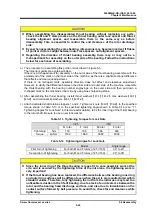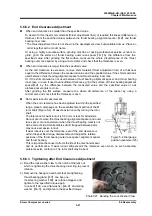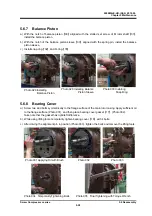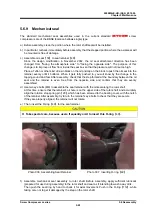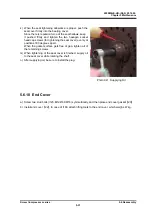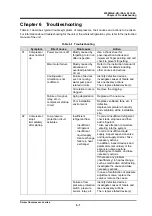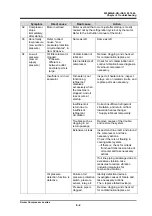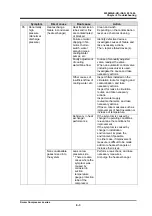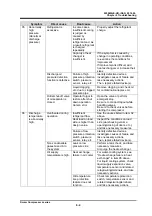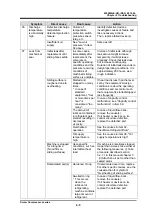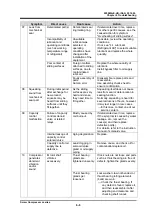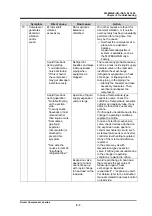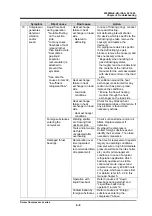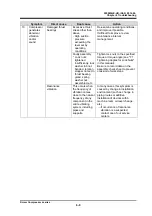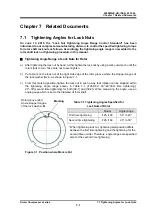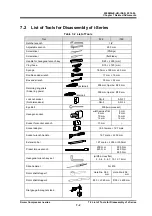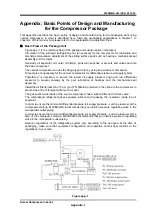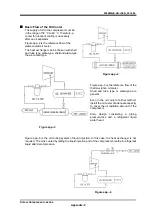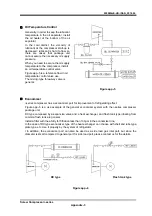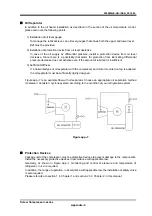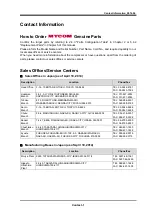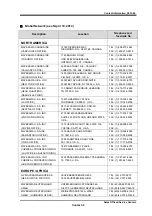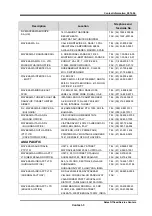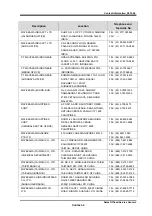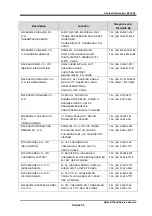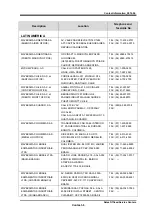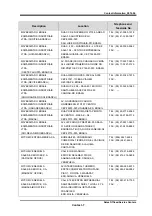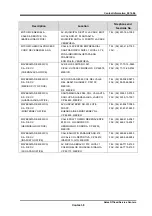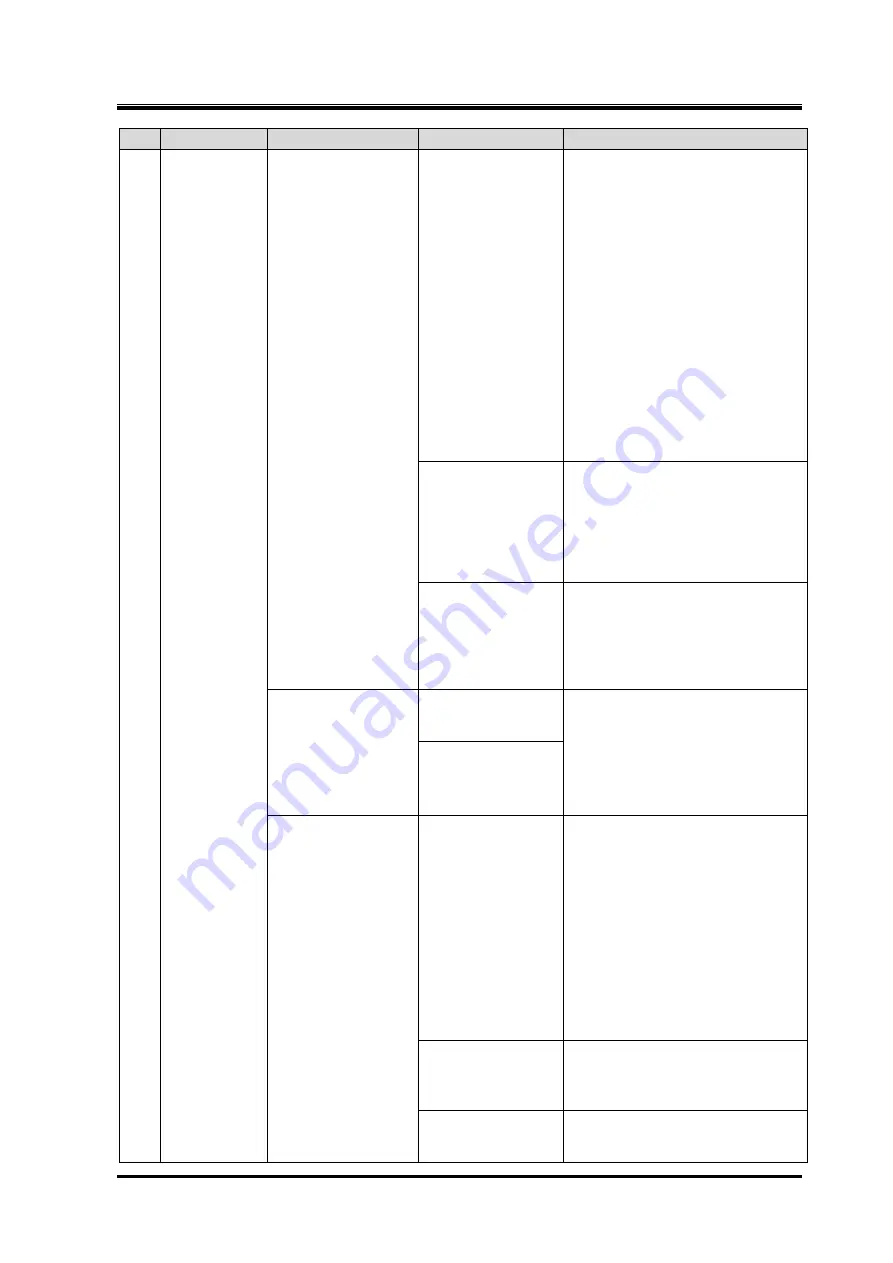
2200M4JE-HO-iS2-N_2014.04.
Chapter 6 Troubleshooting
Screw Compressor i-series
6-8
Symptom
Direct cause
Root cause
Action
10
Compressor
generates
abnormal
vibration
and/or
sound.
Liquid flow-back
during operation
* Notable frosting
on the suction
side.
* In many cases,
flow-back of mist
(steam) rather
than liquid occurs.
* Sometimes,
gas-liquid
separator
(accumulator) is
attached to
prevent this
symptom.
* See also the
causes in item 02,
"Insufficient
refrigerant flow".
Heat exchange
failure in heat
exchanger on load
side
・
Related to
defrosting
In case of frosting (icing), conduct
manual defrosting.
Set defrosting interval shorter.
If a device which is specific to the
defrosting type fails, remove the
cause(s) and replace the
device(s).
If a piping route which is specific
to the defrosting type gets
blocked, remove the cause(s) and
take necessary actions.
* Especially when handling hot
gas defrosting systems,
thoroughly read and understand
the contents of the instruction
manuals for the units associated
with devices/control on the load
side.
Heat exchange
failure in heat
exchanger on load
side
・
Load side
conditions
If ventilation around the heat
exchanger is obstructed for any
reason such as piled up load,
improve the conditions.
* Ensure the flow of heating
medium through the heat
exchanger on the load side.
Heat exchange
failure in heat
exchanger on load
side
・
Heat exchanger
conditions
Check for any blocked heat
transmission tubes or fan failure. If
any problem is found, take
necessary actions.
Foreign substances
entering the
compressor
Welding spatter,
etc. flowing from
upstream side
Check suction strainer and/or oil
filters. Replace element if
defective.
Overhaul the compressor.
Collect foreign substances and
identify their sources. Then take
necessary measures.
Tools and/or waste
cloth left
uncollected after
overhauling
Damaged thrust
bearings.
Deterioration over
time (operated
beyond
recommended time
of replacement)
The time for replacement depends
largely on operating conditions
(low pressure or high intermediate
pressure will make the life shorter,
etc.) and/or oil management
conditions. In case of a typical
refrigeration application which
basically operates in a stable
continuous mode, inspect and
replace them every 40,000 hours
or 5 years, whichever comes first.
For details, refer to 5.2.3 in this
manual chapter 5.
Operation with
liquid flow-back
Refer to causes of "Liquid
flow-back during startup" and
"Liquid flow-back during
operation" in item 10.
Contamination by
foreign substances
Refer to causes of "Foreign
substances entering the
compressor" above.

